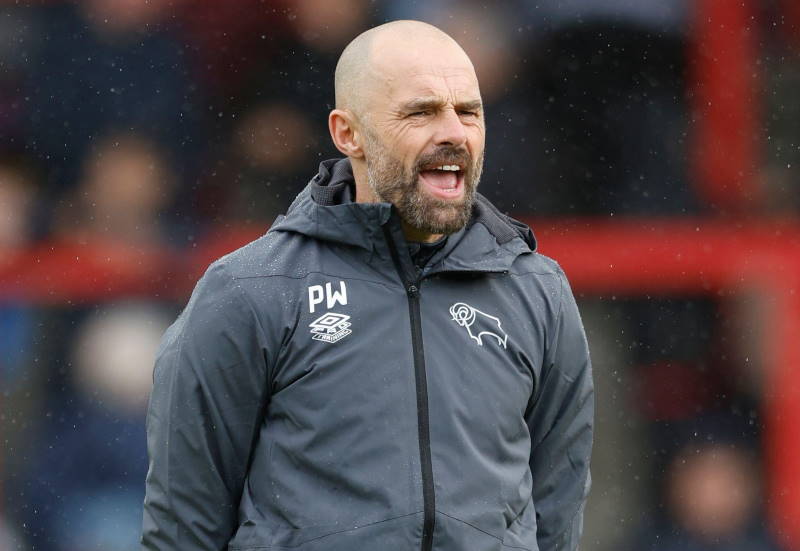
Andreas Ambarchian
Before this month’s round of South American World Cup qualifiers, Peru’s campaign had seen them pick up just three points from their first five matches.
The long road to Brazil started with a simple enough home win against Paraguay back in October 2011. However, in their next four outings Peru failed to pick up a single point, first suffering a sound 4-2 beating at the hands of fierce rivals Chile in Santiago, before losing 2-0 to northern neighbours Ecuador in Quito.
The following round in June saw a devastating loss at home to Colombia and heartbreak in Montevideo against Uruguay.
The defeat in Lima against Colombia was particularly hard to take. The national squad was heavily depleted through injury, with seven first team players missing. Those absent included former captain Claudio Pizarro and influential wide man Juan Manuel Vargas. The skill and power of Jefferson Farfan was also missing, as the Schalke winger was fit enough only for the bench.
While the unavailability of players certainly hindered Sergio Markarian’s men, Peru had enough chances to win the game, but wayward finishing, a profligacy that had seen them convert just twice from 13 attempts at goal against Paraguay, proved costly.
Against Colombia, Peru had three shots on target in the area, yet failed to find the back of the net once, with young winger Andre Carrillo guilty of missing one particularly good chance. Los Cafeteros, meanwhile, scored with their only shot on target in the same vicinity, courtesy of the talented FC Porto forward James Rodriguez.
The match in Montevideo against Uruguay a few days later saw national team coach Markarian again forced to field an injury weakened side, but the west coasters still managed to haul back a two goal deficit against the hosts, only to let it reopen as they lost 4-2.
To keep alive their slim dreams of going to the World Cup for the first time in 32 years, Peru went into this month’s qualifiers knowing that four points were an absolute minimum. However, games against Venezuela and then Argentina, although both at home, were hardly bankers: Venezuela sat above Peru by five points, while Argentina topped the table.
Moreover, Peru’s home ground, the Estadio Nacional in Lima, is considered one of the more forgiving venues in the CONMEBOL qualifying section. The temperate climate of the city has neither the throat searing heat of Bogota nor the debilitating altitude of La Paz. Also significant is the lack of an intimidating mob of aggressive supporters, which can help to unsettle away teams on arrival in their opponents’ city.
In fact, owing the hordes of tourists that filter through Peru’s main airport every day in Lima, the locals have become rather used to giving visitors a warm welcome. It’s a habit that, however popular with holidaymakers, fails to fully exercise the advantages of playing a football match at home; although this friendly reputation was tested this month with the arrival of the Argentina team. While some Peru fans went to greet the opposition players at the airport wearing Lionel Messi emblazoned Barcelona shirts, another group took to pelting the visitors’ bus with stones and pebbles.
In the opening match this round against Venezuela, at least, there were no niceties, with star forward Paolo Guerrero leading the Peruvian attack, battling hard against the away side’s defence and bickering with anyone who would listen, including team-mate Pizarro.
Despite almost a half of non-stop pressure from the hosts, however, Peru’s inability to convert chances told again, as the visitors took the lead through a Juan Arango free-kick. It was a good set piece, but should have been dealt with better by Raul Fernandez in goal.
With all the adversity that Peru had already faced in this qualifying campaign, the concession of a goal like this against a perfunctory Venezuela side, who started without their main goal threat Salomon Rondon, might have been enough to see Peruvian heads drop; perhaps, yet again, 2014 wasn’t going to be their year.
Yet Peru showed great heart and pushed on looking for an equaliser. Early in the second half their resolve paid off and the leveller came courtesy of Farfan, who latched onto a lofted through ball from the adept Luis Ramirez, before knocking the ball past an onrushing Renny Vega.
Moments later, La Foquita struck again when he was allowed to turn too easily inside the box and fire past an out of position Vega. Late in the game however, the home side suffered a blow with injuries to two influential attacking players, as Guerrero and Vargas both picked up knocks.
Despite this, La Blanquirroja shrugged off the setback and made a bright start against Argentina in their following match with the marauding Farfan winning a penalty after just two minutes. However, Pizarro had his weak effort saved by Sergio Romero in the Argentina goal, leaving the Bayern Munich man standing in a disbelieving stupor on the penalty spot.
The Peruvians stuck to their task though, and, backed by an overwhelmingly partisan capacity crowd that even lifted the drooping shoulders of a deflated Pizarro, finally hit the back of the net through a well worked set piece that was knocked in by defender Carlos Zambrano.
With Argentina constantly on the back foot, struggling to wade through the home side’s swamping defence and unable cope against the direct attacks of Farfan and Luis Advincula down the right, a second goal seemed likely.
With just minutes to go until half time it came. It went, though, to the visitors. A swift move sliced open Peru’s left flank, before Gonzalo Higuain connected with a measured cross to incisively sweep the ball past Fernandez. Except for a row or two of Biancoceleste fans who cheered happily, a wave of stunned silence fell over the stadium.
As one, the crowd and players reasserted themselves on proceedings, but despite constant, indefatigable pressure and noisy support, the home side were unable to retake the lead. Even a late cameo from national hero Guerrero, although raising the decibel level yet higher, was unable do the trick.
Post-match, the general feeling was one of frustration and disappointment, which is evidence of how difficult Peru’s poor start to the campaign has made it for the team to make it past the qualifying round. However, there are still 27 points available, from nine fixtures that include four home games.
To make it to Brazil, Peru need to start ensuring that their domination of matches leads to more goals. They will also need to improve on a run that has seen them lose every one of their last 16 away World Cup qualifiers.
However, in their next two matches Peru have a great opportunity to halt this abysmal record of defeats. First they play second bottom Bolivia in La Paz, where one of the main threats to the opposition is the breathtaking altitude of the city. To help cope with this though, Markarian has the option of calling on a group players who play in the Peruvian highlands and will be well equipped to deal with the challenging conditions. Next, Peru travel to Asuncion to face bottom of the table Paraguay, who have managed just four points from a possible 21 this campaign.
If Peru can start to pick up points away, then the belief and spirit shown at home could yet see La Blanquirroja reach Brazil.












